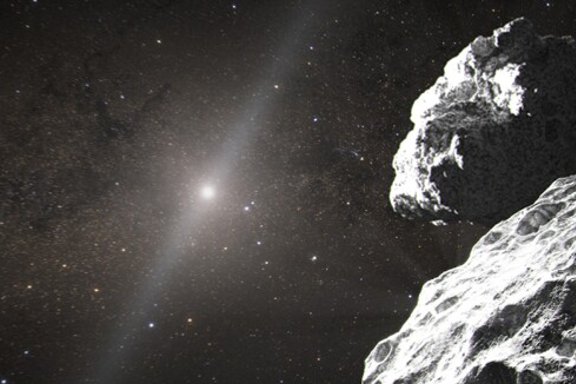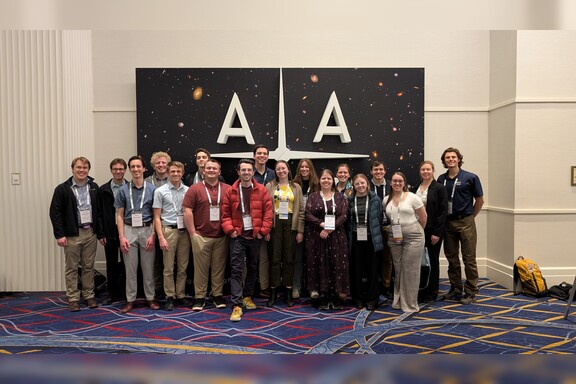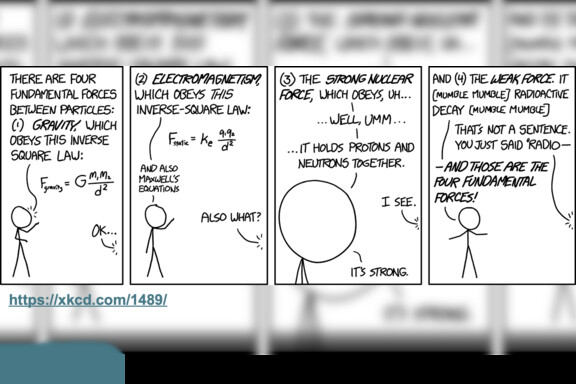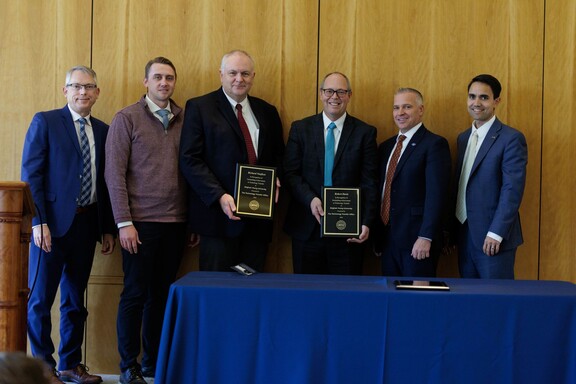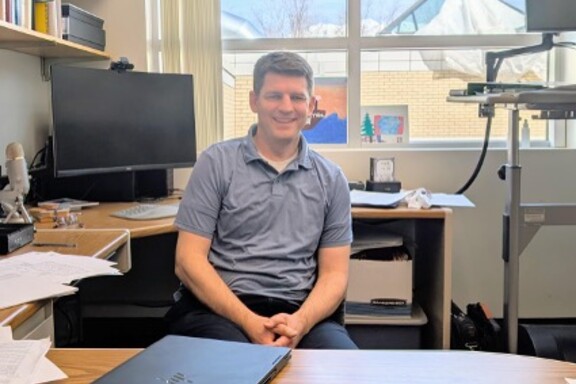- Ancient Greeks reported seeing a comet in 466 B.C.
- Computer models show that Halley's comet would have been passing Earth at that time.
- This pushes back the earliest observation of the famous comet more than 200 years.
Provo, Utah – Two BYU researchers combined their specialties of astronomy and ancient philosophy to connect an ancient Greek report of a comet in 466 B.C. with complex astronomical calculations that show it was likely the famous Halley’s comet.
The research pushes back the earliest recorded sighting of Halley’s comet more than 200 years. Daniel W. Graham, professor of philosophy, and Eric Hintz, professor of physics and astronomy, published their article in the Journal of Cosmology.
Comets have regular orbits in the shape of elongated ellipses. Halley’s comet returns to the sun every 75 or 76 years, but the gravitational attraction of planets can affect its path and speed up or slow down its passage. Computer models taking account of gravitational disturbances have been used to calculate the appearances of Halley’s comet, both past and future.
Graham and Hintz determined that ancient Greek reports of a comet appearing at the same time a meteor struck Greece matched up with the expected path of the comet as determined by computer modeling. Graham, who is chair of the Department of Philosophy, did the historical research, and Hintz, who is an astronomer, reconstructed the path of the comet using computer models.
Prior to this research, the earliest known appearances, in 87 B.C., 164 B.C. and 240 B.C., have been supported by Babylonian and Chinese astronomical records. The Greeks recorded a number of comet sightings, some of them found in Aristotle’s works, but they did not provide the same detailed observations as Chinese and Babylonian astronomers. But several reports from ancient Greek sources provide helpful data about the comet and meteor in question.
Greek sources connected the comet and the meteor with the theory of Anaxagoras, a Greek philosopher and scientist who lived from about 500 to 428 B.C. and spent thirty years in Athens. Anaxagoras theorized that the heavenly bodies were rocky or earthy masses held in orbit by a cosmic whirl; if they were disturbed in their orbits they could fall to Earth. When a meteor fell to earth in broad daylight, the event was taken as confirmation of his scientific theory. Some ancient sources assumed the meteor that fell was a piece of the comet. Shooting stars were seen at the same time as the comet, which may have been debris from the comet’s tail as it passed over the Earth.
More Information on This Article
News and Events




